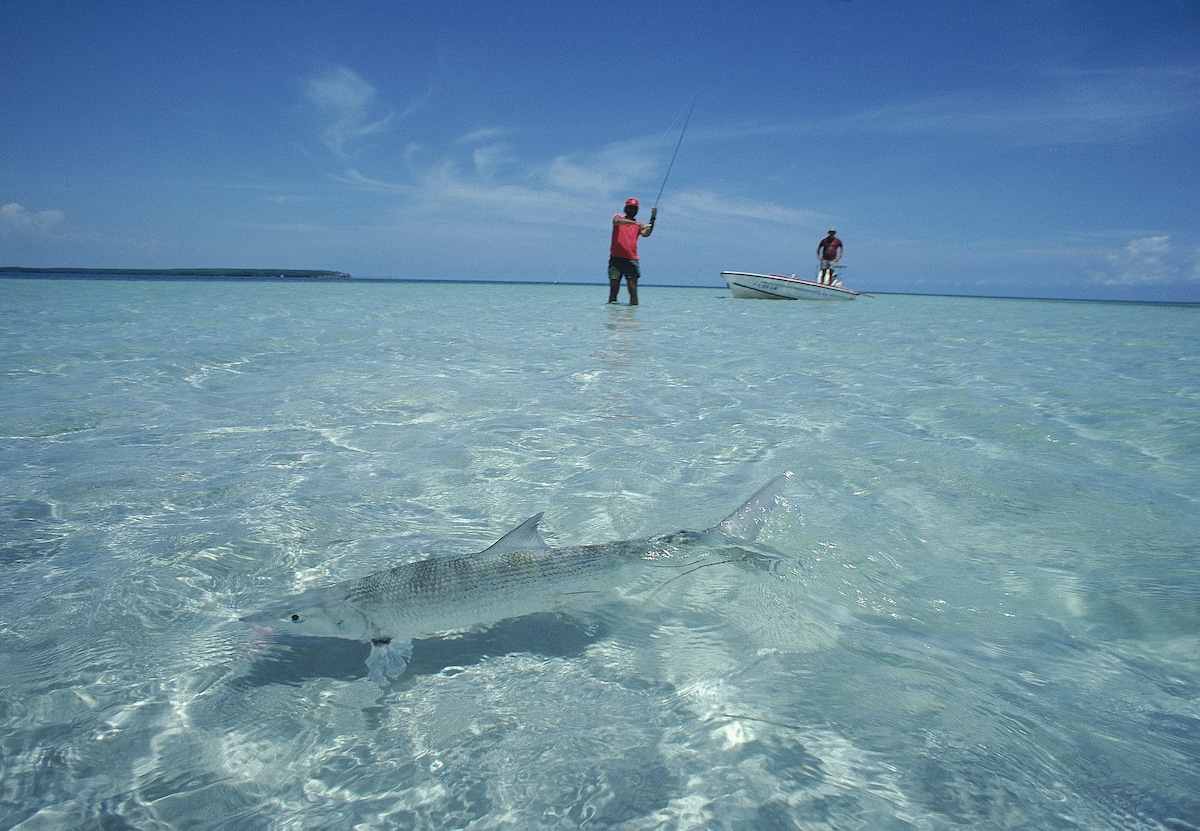

On the southern coast of Florida, researchers have found prescription drugs in the waterways and marine life. When medications are flushed, poured down drains, or excreted into wastewater, they can contaminate local waterways. Outdated infrastructure has been unable to filter out these contaminants.
Florida International University (FIU) and Bonefish & Tarpon Trust (BTT) conducted a three-year study and found 58 prescription drugs in 93 bonefish spanning a 200-mile stretch of waterways off of southern Florida. In a single fish, as many as 17 drugs were found. There is an average of seven pharmaceuticals per bonefish. Crabs, shrimp, and other fish were also affected.
“Coastal fisheries face increasing threats associated with human-based contaminants,” said Jim McDuffie, president and CEO of BTT. “Pharmaceuticals are an often overlooked dimension of water quality and their presence in South Florida bonefish is cause for concern. These contaminants pose a significant threat to the flats fishery, an important part of Florida’s recreational saltwater fishery, which has an annual economic impact of $9.2 billion and directly supports 88,500 jobs.”
The researchers found various drugs, including blood pressure medications, antibiotics, antidepressants, prostate treatment medications and pain relievers in the marine life.
The paper has not yet been published, although the authors plan to submit it to a peer-reviewed journal. But lead researcher Jennifer Rehage shared the findings in February, following the announcement of the federal infrastructure bill. The research could call attention to the failing water treatment facilities that are not filtering out these contaminants.
“These findings are truly alarming,” Rehage said. “Pharmaceuticals are an invisible threat, unlike algal blooms or turbid waters. Yet these results tell us that they are a formidable threat to our fisheries, and highlight the pressing need to address our longstanding wastewater infrastructure issues.”
According to BTT, over 5 billion prescriptions are filled in the U.S. per year. But globally, there are still no environmentally informed methods of disposal. Even in low doses, the medications can remain active and impact the behavior of aquatic life. Research has shown that prescription drugs can negatively impact the migration, feeding, sociability, reproduction and other activities of fish.
Not all the marine life are experiencing these contaminants at low doses, though. In one fish, collected in Biscayne Bay, researchers identified eight kinds of antidepressants concentrated up to 300 times the amount prescribed for humans, Inside Climate News reported.
“We need immediate improvement in infrastructure that we and others are pushing for, not only to remove more nutrients, but also removing these pharmaceutical contaminants,” said Aaron Adam, director of science and conservation for BTT.

 233k
233k  41k
41k  Subscribe
Subscribe 